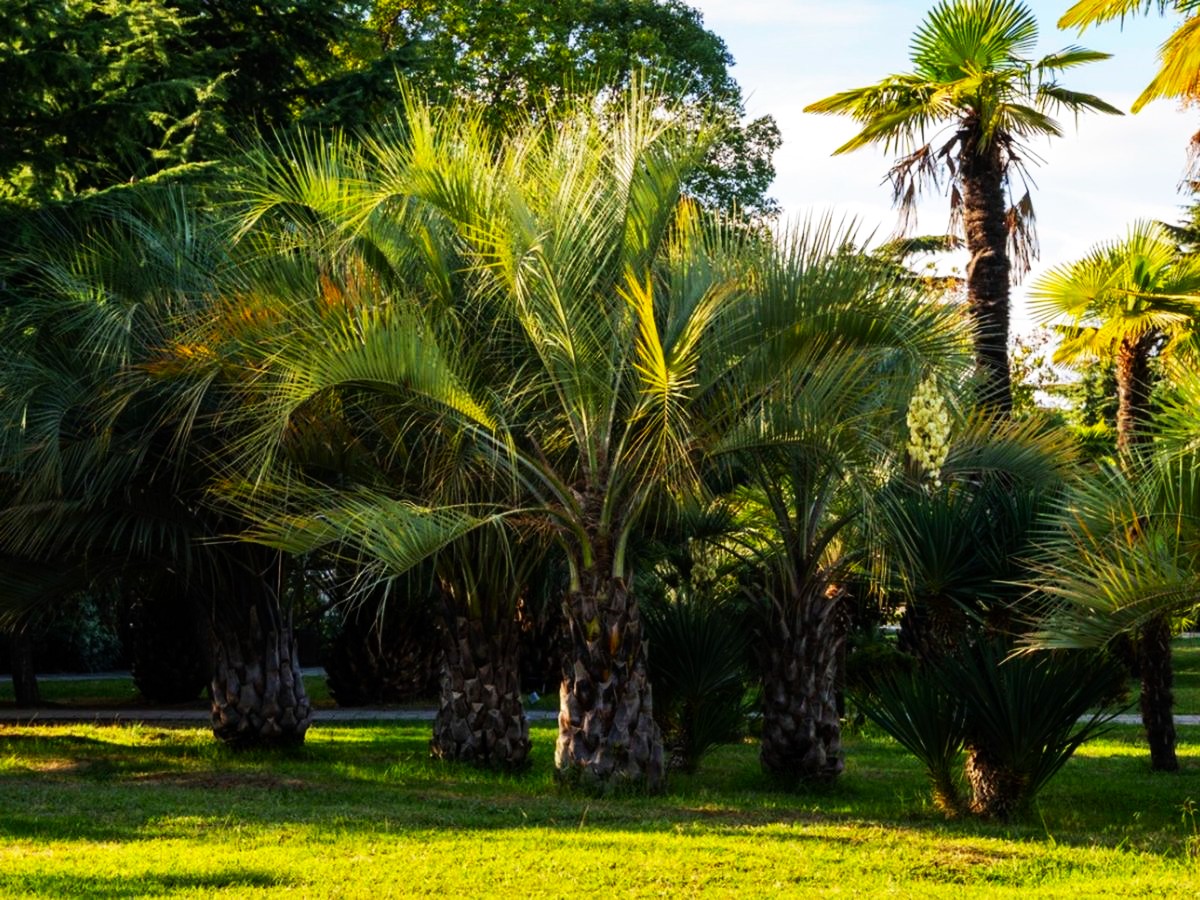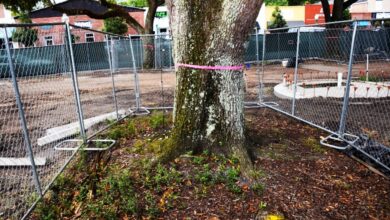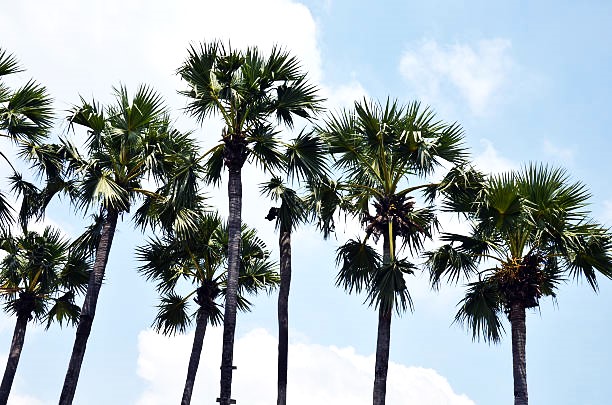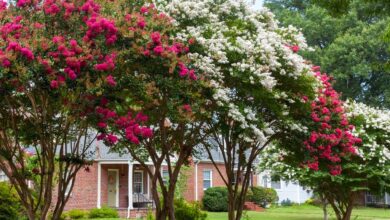Blue Wonder Spruce: Tips for Growing Blue Wonder Spruce Trees
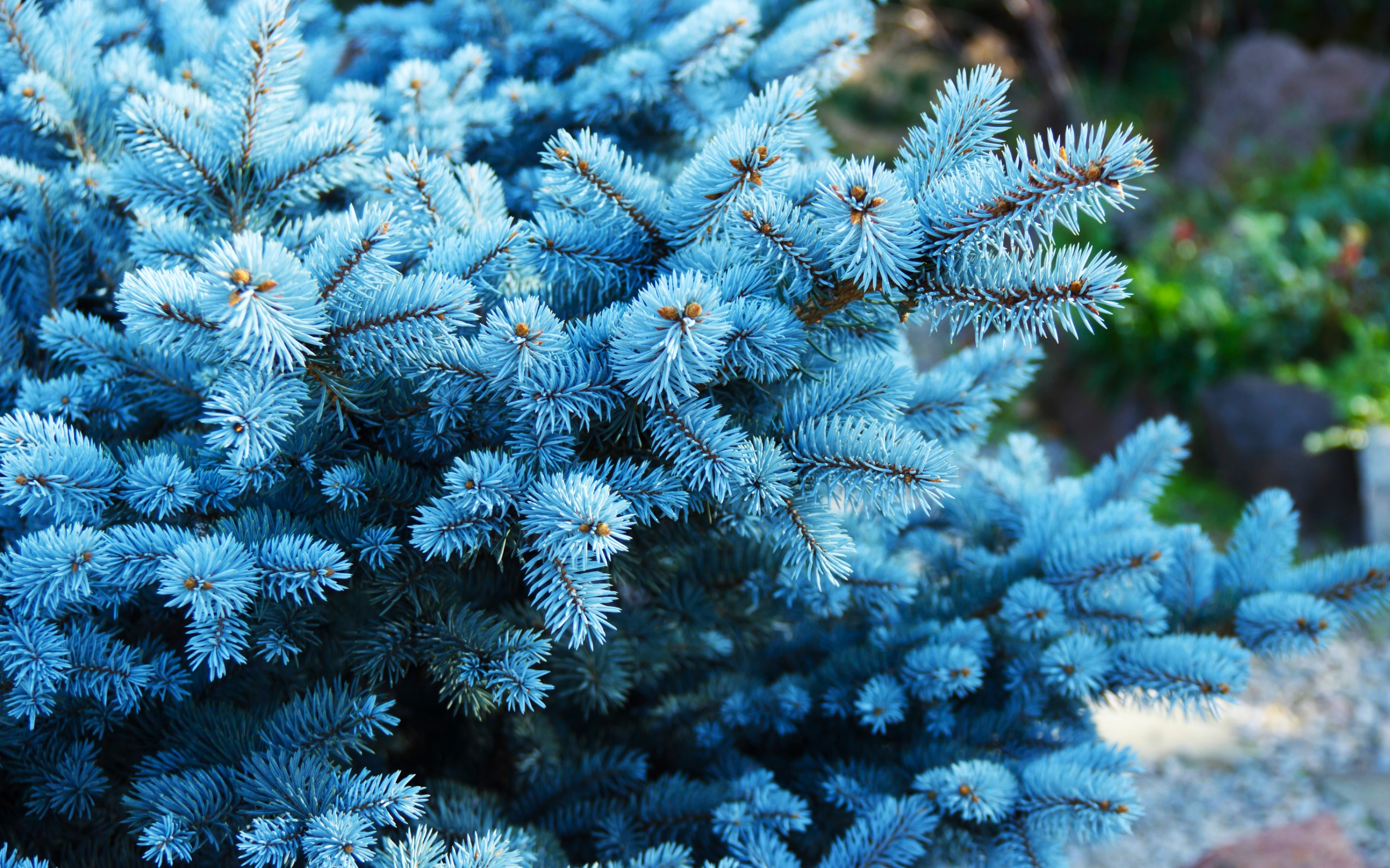
In addition to being beautiful specimens for formal gardens, Blue Wonder spruce trees can anchor a clipped hedge and make eye-catching container plants. These tiny, conical-shaped evergreens are highly valued for both their form and their exquisite blue-gray needles.
Details of Blue Wonder Spruce
Spruce’s Blue Wonder cultivar is unique for several reasons, chief among them being its enduring color. The eye-catching bluish gray needles are also produced by other varieties of blue spruce, but as they get bigger, the color usually returns to green. Blue Wonder was created to keep the tree’s unique color as it ages.
A cultivar of Picea glauca, Blue Wonder is a dwarf spruce with a slow growth rate that reaches a maximum height of about 6 feet (2 meters). Not only is it renowned for its color, but even without trimming, its shape is almost exactly a cone. Blue Wonder is highly valued in formal gardening because it can be used to screen, frame doorways or other garden elements, and enhance a border or formal hedge with color and texture.
The Blue Wonder Spruce: How to Grow It
Caring for Blue Wonder spruce is not hard. This tree can withstand both poor soil and road salt. Although it grows best in full sun, it can also tolerate some shade.
Select a location for your Blue Wonder spruce planting that will accommodate its slow, compact growth while retaining its conical shape. During its first growing season, give your new spruce frequent irrigation to aid in the establishment of a strong root system. Once it’s established, you can significantly reduce the frequency of watering. This tree can also be grown in a container, but it will require more frequent watering.
Your tree will remain healthy and flourish if you fertilize it in the late winter or early spring, just before new growth starts each year. Blue Wonder spruce grows quite easily and yields wonderful benefits. This tree is suitable for any garden, but it looks good in formal gardens. For a different look and more visual interest, combine it with more informal plants or grow it alongside other formal and ornamental shrubs.


